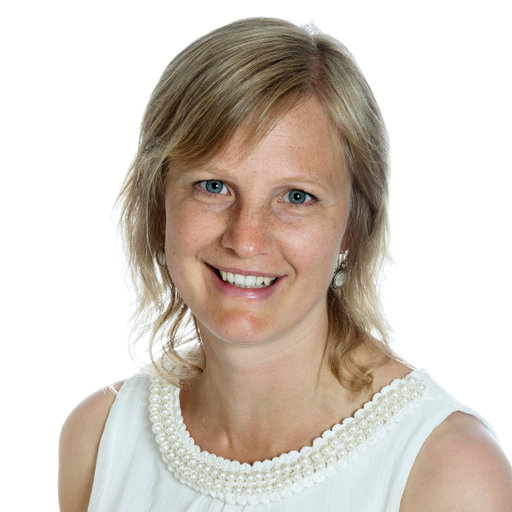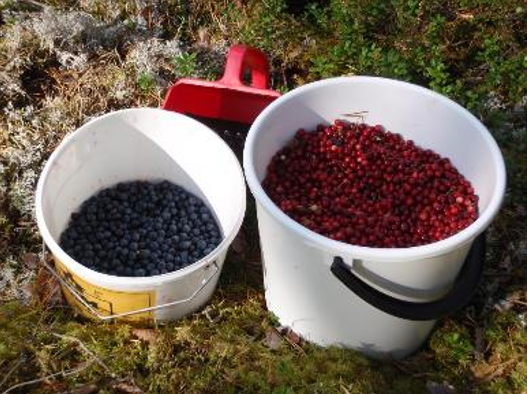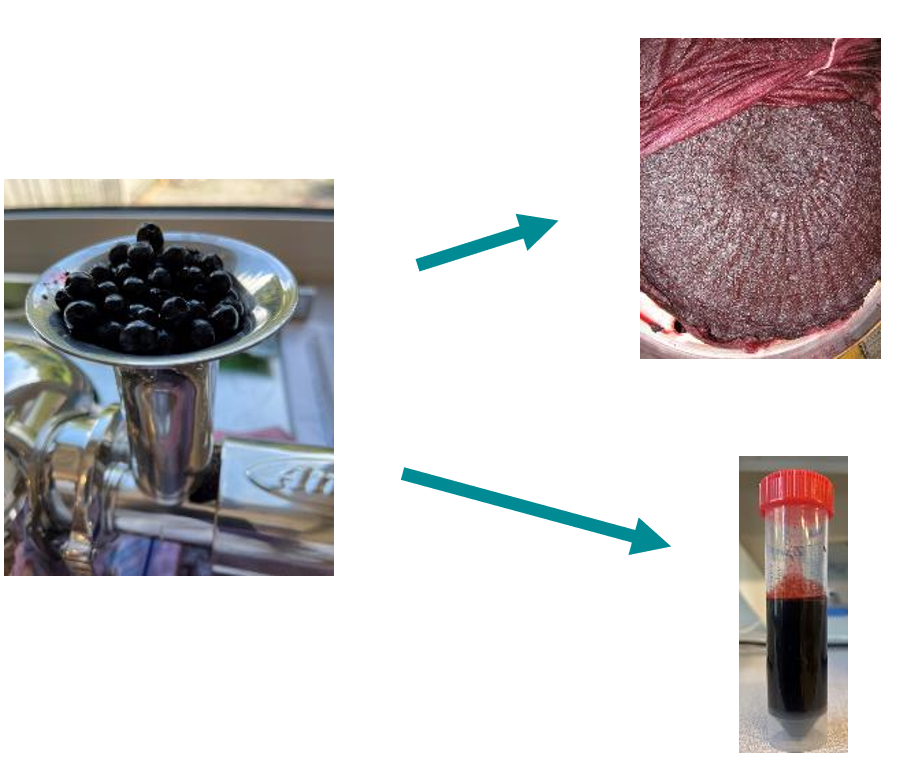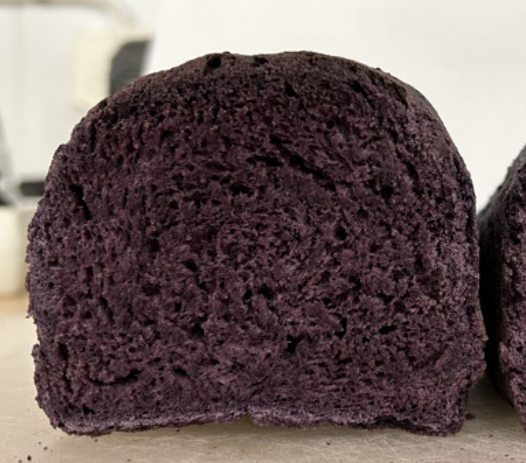Food researcher Evelina Höglund on increasing the value of berries
Evelina Höglund works at the Research Institute of Sweden (RISE). She is a food researcher working with food processing in terms of the structure, texture, flavour, and the availability of nutrients in a variety of food products.
She also works at a coordinated research center FINEST (Food Innovation for Sustainable System Transition). The idea behind the center is to help the industry move towards a more sustainable food value chain. Part of the center's work includes making new food prototypes, but also analysing business models and identifying bottlenecks in the industry that are preventing the sector from becoming more sustainable in terms of the environment, health, economy, and society.

Researcher Evelina Höglund, photo: ResearchGate
Höglund visited Riga last week to participate in the Wild Things symposium organised by the Rīga Stradiņš University (RSU) Faculty of Social Sciences. The symposium was organised to encourage a collaborative exploration of the diverse meanings of the "wild," examining how wild environments sustain cultural identities, serve as sources of income, and act as creative forces that critique and transform society.
How is your work at FINEST connected to the topics that the Wild Things symposium raised?
One of the tracks that we at FINEST are working on is about wild berries from the forest. This is the area that connected me with Wild Things. We are looking at the entire chain – from how to make new products from berries, but also on how they are picked, for example. We are looking at what problems there might be along the chain, including the social conditions for the people picking the berries. We are trying to identify what we can develop in this chain and ultimately improve the value chain.
What do you mean by value chain, and what would increasing the value change?
The value chain means the whole process from when the berries are picked until they come out as products.
As it is now, the value of the chain in Sweden is not so high, so we need to try to increase it. If we can produce more products in the end that have a higher value, then companies can afford to invest in new technology, or improve the working conditions for their pickers.
As it stands now, we don't make the most of the berries we have available, and we have a lot of berries in Sweden.

Buckets of berries. Photo: RISE
Do you have an example of how the value chain could be improved?
In Sweden, the way in which berries are processed for different products uses different amounts of the berry. If you're making jam, companies use whole berries, but when making juice out of blueberries or lingonberries, which are both popular in Sweden, the berries are pressed to get the juice, but there is a lot of the berry left over. This is what we call a press cake.

Berries can be turned into juice and press cake. Photo: RISE

Experiment with using powdered billberry press cake in bread. Photo: RISE
The press cake is less sweet, because most of the sugar is in the juice, but otherwise it contains a lot of polyphenols and different nutrients, fibers, colour, and quite a lot of flavour. It is possible to extract higher value polyphenols, pigments, or oil from press cake, or to use it as a food ingredient, but no one in Sweden does this. We have been working with a berry company in Sweden that has press cake as their main product. They sell it to Germany where they extract pigments for the cosmetic industry. They pay a lot, so it is actually a high value product rather than just a byproduct, or waste.
One of the problems is that the press cake also doesn't have a long shelf life. It's wet and it contains sugar and it's not clean, meaning it contains a lot of debris from the forest. If you don't take care of it right away it will mold.
This is something that we have identified as an area that could lift the value for the whole value chain - if a company could make not only juice, but also utilise the press cake.
What was your main goal in attending the symposium?
I think there are similar problems and other similar things that different countries share. This symposium came at a good time for me, because I guess it's the same in all the countries, that we now see that we have to make better use of what we have, especially when it comes to preparedness, making our food systems more resilient, and using the ingredients and raw materials that we have. It doesn't have to be within Sweden, but in the region around.
Because the world around us is a bit shaky there are many reasons why it's good to learn how to better take care of what we have.
What is something that you would like to achieve through your research?
I would like to raise awareness and highlight the good things about buying local products! Berries have a good reputation in Sweden: they are seen as something tasty and healthy. Considering this, we don't consume, or buy berries as much as we could. In stores, you can find Swedish berries in the frozen food section, but fresh berries, like raspberries or blueberries, are mainly imported. We are working on understanding what consumers really want, if they can tell which are Swedish berries, and why they pay a lot for imported raspberries, and are consequently not as willing to pay as much for Swedish ones.
I would like to change how berries are perceived so that they are seen as a more high-value product.
The symposium is part of the project RSU internal and RSU with LASE external consolidation, No.5.2.1.1.i.0/2/24/I/CFLA/005 Postdoctoral Grant “Vegetal Agency and Contemporary Art: Towards Sustainable Relationships with a More-Than-Human World”, No. RSU-PG-2024/1-0003

Related news
 RSU Rector Prof. Aigars Pētersons highlights new cooperation opportunities offered by establishing Artificial Intelligence CentreFor Students, For RSU Employees, Development
RSU Rector Prof. Aigars Pētersons highlights new cooperation opportunities offered by establishing Artificial Intelligence CentreFor Students, For RSU Employees, Development


